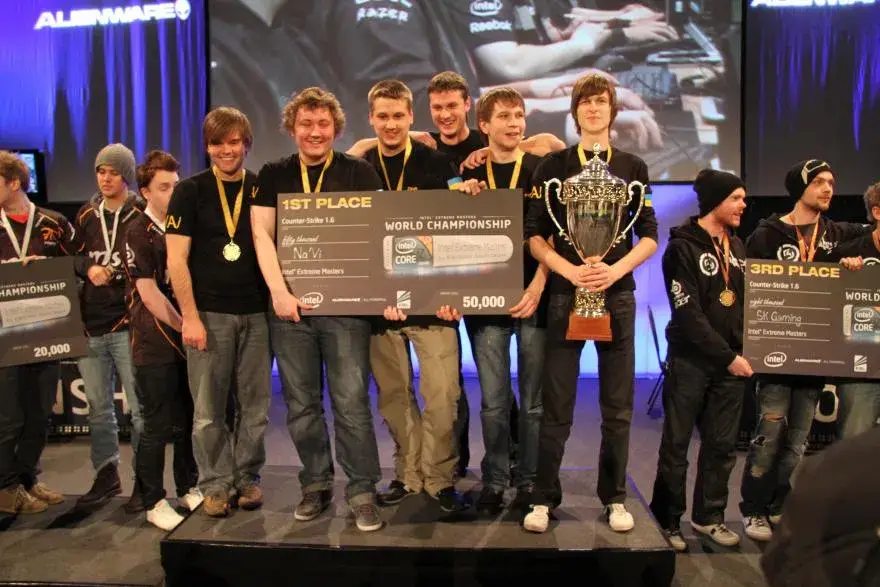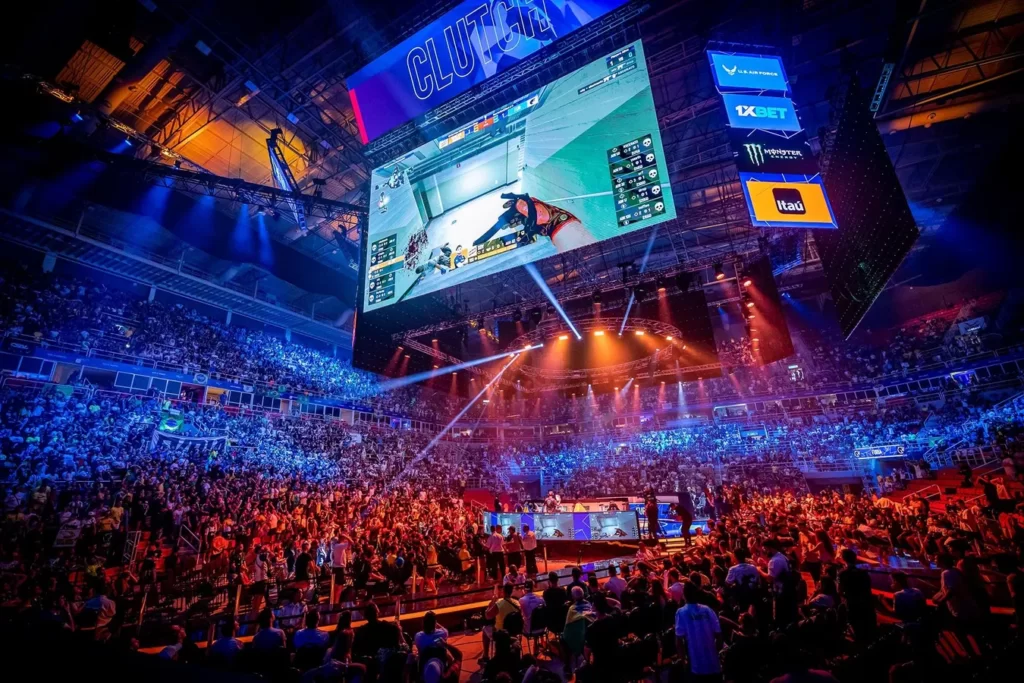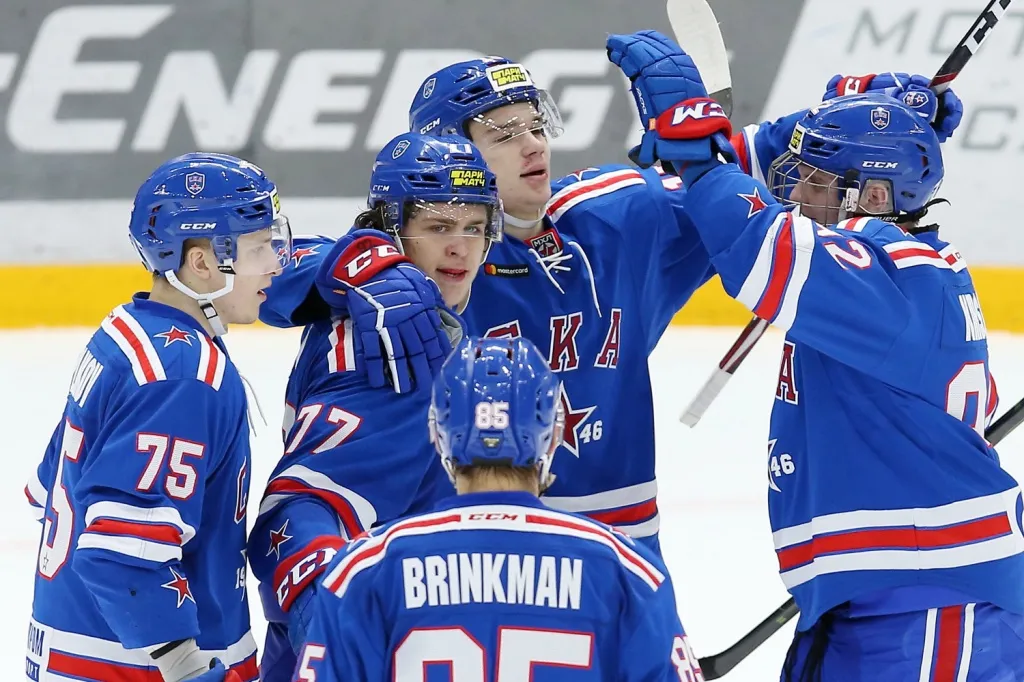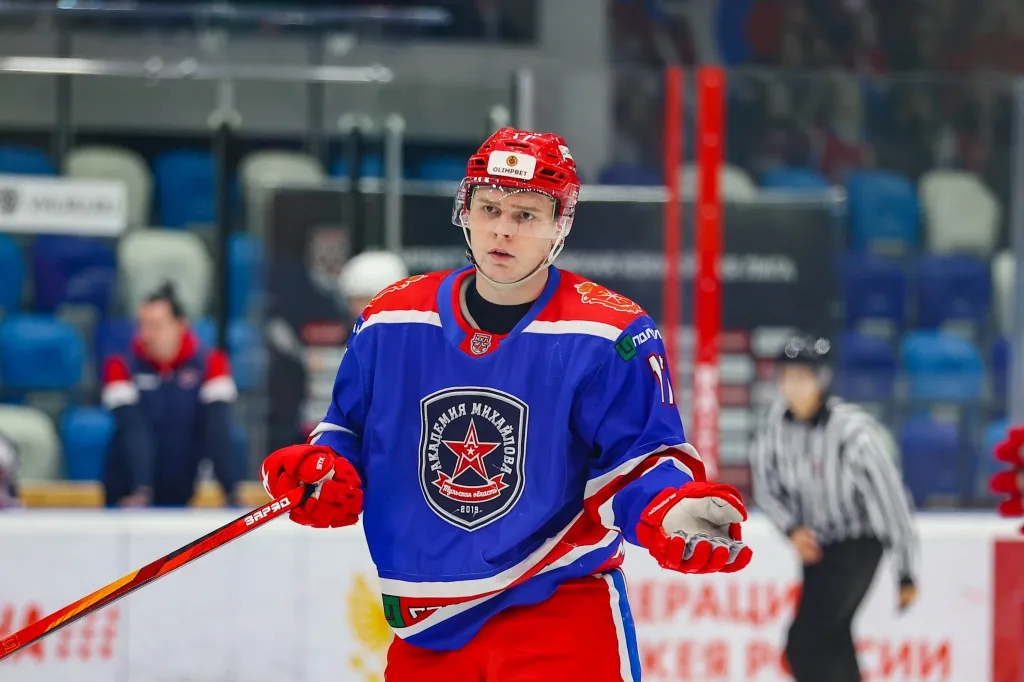Translate from ru to en. Keep HTML markup unchanged:
The CS:GO Major Championships are rightly considered the pinnacle of global eSports. Tournaments bring together the best players and teams and define new boundaries for the popular Counter-Strike discipline. Since their inception in 2013, the Majors have come a long way and have become an iconic event. Competitions set the standard for professionalism and innovation and create new trends.
The first CS: GO Major Championship took place during DreamHack Winter 2013 in Sweden. The tournament brought together the best teams of the moment, and Fnatic emerged as the winner by defeating NiP in a thrilling final. This event was a revolutionary step in the development of eSports, as the total prize money was $250,000, a record for those years.
CS:GO Major Championships have been a symbol of professionalism for over 10 years. Tournaments like ESL One Cologne 2014 have popularized the use of modern technology in refereeing. The switch to the Swiss system in 2017 added to the spectacle and made the matches even more exciting.
A major milestone was the first major participation of the Chinese team TyLoo in 2016. This event underlined the globalization of the team’s course and the expansion of the geographical reach of the participants.
Astralis has become a model of consistency, winning four consecutive majors between 2018 and 2019. The finals with them are master lessons in tactics and teamwork. An equally impressive moment was the final stage of the PGL Major Stockholm 2021, where NAVI won the entire tournament without losing a single map.
Modern races consist of three stages:
Each stage is conducted according to the Swiss system, which allows for the best results to be determined in the most objective way possible. The final part of the tournament is played in a best-of-three format, which minimizes random outcomes. Technology has become an important part of the organization:
The elderly actively involve the spectators in the process. For example, virtual fan zones were introduced at IEM Katowice 2023, where people could interact with the stream via chat and voting. A platform is planned to launch in 2024 where fans can support teams by sending virtual gifts and participating in interactive events.
 The 2024 tournament was the stage for titans like NAVI and Vitality. These teams have repeatedly proven their strength by winning previous major titles:
The 2024 tournament was the stage for titans like NAVI and Vitality. These teams have repeatedly proven their strength by winning previous major titles:
In 2024, young stars like Cloud9 and Monte made their debut. These teams use an aggressive style of play that challenges veterans. Regions that were previously not strong players are now starting to assert themselves more actively, expanding the geographical reach of the participants.
Throughout the history of the tournament, NAVI and Astralis have remained the record holders for the number of titles and achievements. In 2021, NAVI became the first team to win without losing a single game, cementing their status as a dominant force in eSports.
The prize pool of major CS:GO tournaments plays an important role in raising the status of the tournament and attracting the attention of the eSports community. The prize pool, which started at $250,000 at DreamHack Winter 2013, has been steadily increasing, reaching an impressive $2,000,000 at the PGL Stockholm Major in 2021. In 2024, the organizers plan to set a new record by increasing the prize pool to $2,500,000, which will attract more talent and investors to the industry.
Details about the award ceremony:
High financial rewards motivate teams to improve their tactical preparation and work on in-game innovations. In addition, Grand Prix events increase the prestige of the competition by providing additional funding for the development of young talent.
Tournament Legends changed the eSports scene forever. Teams like Astralis left an indelible mark by winning a record four consecutive Major titles (2018-2019). Their dominant style of play has become a benchmark for other teams.
Olof “olofmeister” Kajbjer, Semple (Alexander Kostylev) and Nikolai “dev1ce” Reedtz have become symbols of the highest skill in Counter-Strike. Their performance and individual awards have earned them recognition on the international stage.
Notable matches and achievements:
These matches have gone down in history not only for the level of execution, but also for the strategic depth the teams showed at every stage.
Organizing events requires a lot of effort. The matches are held in world-class stadiums, such as the Spodek Arena in Katowice and the Avicii Arena in Stockholm. To ensure high-quality broadcasts, we use state-of-the-art equipment and have professional commentators on hand.
 The CS:GO Major Championships continue to be one of the most important events in the world of esports. Each tournament raises the bar and attracts new players and spectators. The Majors are expected to set new records in 2024, cementing their status as an essential part of the esports ecosystem.
The CS:GO Major Championships continue to be one of the most important events in the world of esports. Each tournament raises the bar and attracts new players and spectators. The Majors are expected to set new records in 2024, cementing their status as an essential part of the esports ecosystem.
Future changes, such as the introduction of new technologies, larger prize pools, and broader tournament geography, will ensure that tournaments continue to inspire players and fans around the world.
The Junior Hockey League (MHL) is the forge of the future stars of Russian ice hockey. Here, players take their first steps towards the top of their professional careers and the foundations are laid for future success. The league, founded in 2009, surprises with new names every year and if you understand the mechanics of the league, you will know in advance who will be the next leader on the ice.
The draft is the most important moment for young athletes who dream of a professional career. It gives everyone a chance to prove themselves in hockey and a chance to be part of the MHL team. Every summer, coaches analyse the previous season’s results, evaluate potential and prepare strategies for future selections. It is not only a chance for players to start their careers, but also for teams to refresh their rosters and find players who will ensure future success.
Agents play an important role in the draft. They help young talents prepare, negotiate and promote hockey players. They work with coaches and team representatives to ensure their client gets the best offer. Agents deal with coaching, strategies and help a player stand out among hundreds of other talents.
The playoffs are when each team shows its best side. The MHL teams start preparing for this phase long before the first hockey games: they hold intensive training sessions, work out tactics and adjust the athletes psychologically. Coaches play a key role; they create the conditions in which each hockey player performs at his best. Using innovative training methods and specific psychological programmes helps prepare for the emotional stress of knockout games.
 The playoffs are a time when even the smallest mistake can change everything. The stakes are high in the MHL, so coaches develop detailed tactical schemes, taking into account the opponent’s strengths and weaknesses. A lot of attention is paid to defence and counterattacks, but also to the game on the pitch, where the support of the home fans can play a decisive role. In 2019, Team Loko won their match thanks to well-coordinated play in defence and successful counter-attacks.
The playoffs are a time when even the smallest mistake can change everything. The stakes are high in the MHL, so coaches develop detailed tactical schemes, taking into account the opponent’s strengths and weaknesses. A lot of attention is paid to defence and counterattacks, but also to the game on the pitch, where the support of the home fans can play a decisive role. In 2019, Team Loko won their match thanks to well-coordinated play in defence and successful counter-attacks.
This is where future stars are born, and every name here is a story of struggle and success. Kirill Kaprizov, for example, started his hockey journey in the MHL and showed incredible skill and perseverance. He moved to the KHL and soon confirmed his importance to the national team. The transition of players from the MHL to the KHL is often accompanied by enormous expectations, and those who overcome this pressure become the new stars of the hockey world.
Success stories:
Coaches are always looking for talents with high motivation, excellent physical fitness and the ability to make quick decisions on the ice. Being able to adapt to different game situations is also important. By working with professional coaches and the support of experienced agents, players can progress faster and stand out from the crowd. Determination and teamwork help young hockey players succeed.
The Youth Hockey League actively develops programmes to support young talents, offering them opportunities to train and participate in international tournaments. The ‘Hockey for All’ system helps young athletes develop their potential, regardless of their region, and encourages their professional development.
Hockey infrastructure development is a key factor in the success of young athletes. A stadium, high-quality training facilities and access to modern equipment contribute to effective training. In recent years, Russia has invested in building new stadiums and training facilities, allowing young talents to train in the best conditions and improve their level.
Modern gyms with specialised equipment and artificial ice fields where players can train regardless of the season are important. Conditions have a direct impact on athletes’ success in competition and their advancement to a higher level. Also important is the availability of qualified technical staff and medical support, which helps young hockey players recover from injuries faster and stay fit.
 The MHL is the foundation on which the future of Russian ice hockey is built. Here, on the ice of the youth stadiums, new stars are born, future champions formed and success stories created. Thanks to the MHL, many players get the chance to prove themselves, advance to the KHL and even advance to the national team. The Youth Hockey League is not just a league, but also a place where the road to the top of great sport begins.
The MHL is the foundation on which the future of Russian ice hockey is built. Here, on the ice of the youth stadiums, new stars are born, future champions formed and success stories created. Thanks to the MHL, many players get the chance to prove themselves, advance to the KHL and even advance to the national team. The Youth Hockey League is not just a league, but also a place where the road to the top of great sport begins.